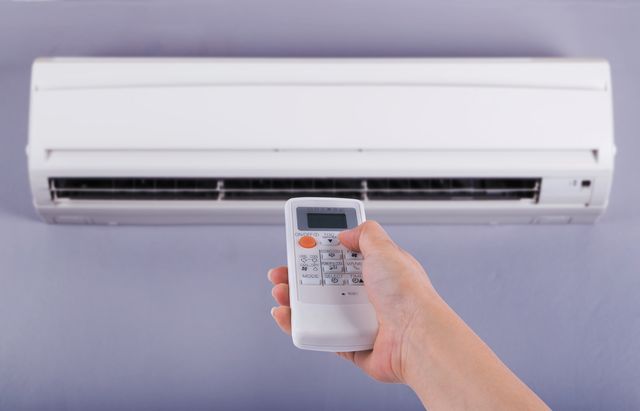
A 3 way valve is a type of valve that can be opened and closed in three different ways. It can be used to send fluid in one direction, to hold fluid in one place, or to send fluid in the opposite direction. These valves are devices that control the flow of fluid through a pipe to stop or allow the passage of the fluid.
There are a few things you need to consider when choosing a ball valve for your needs: the type of fluid that will be flowing through the valve, the pressure, and temperature of that fluid, and the size of the valve.
How does a 3-way valve work:
A 3-way valve works by using three different ports. When the valve is open, the fluid can flow through the ports in any combination that you choose. When the valve is closed, the ports are blocked off, and the fluid cannot flow through them.
When would you use a 3-way valve:
There are many different applications for a 3-way valve. Some common applications are controlling the flow of water in a plumbing system, controlling the airflow in an HVAC system, and controlling the flow of fuel in a fuel system.
Benefits of using a 3-way valve:
There are many benefits of using a 3-way valve. Some of the most notable benefits are increased efficiency, reduced energy consumption, and improved reliability.
Types of 3-way valves:
There are many different types of 3-way valves available on the market today. Some common types include ball valves, butterfly valves, and check valves.
Installation tips for a 3-way valve:
There are two main types of 3-way valves: ball valves and butterfly valves. Ball valves are more common in residential applications, while butterfly valves are more common in commercial applications.
- Both types of valves are available in a variety of sizes and configurations. When choosing a 3-way valve, it is important to select a size that is compatible with the pipes in your irrigation system.
- Valve configurations can be either straight or angle. Straight valves have outlets that are aligned with each other, while angle valves have outlets that are offset from each other.
The type of valve you choose will depend on the layout of your irrigation system.
The process of installation:
- 3-way valves must be installed by a qualified technician. The first step is to shut off the water supply to your irrigation system.
- Next, the old valve must be removed, and the new valve must be installed in its place. The new valve must then be connected to the pipes in your irrigation system.
- Once everything is properly connected, you can turn on the water supply and test your new 3-way valve to make sure it is operating correctly.
Endnote:
Ball valves can be used in a number of ways to control the flow of fluid through a pipe. The most common use is to close off the flow of fluid completely by turning the valve to the closed position.
Maintenance and care of ball valves are relatively simple. The most important thing is to keep the valves clean and free of debris. Common problems with ball valves include leakage, improper alignment, and stuck balls. Solutions to these problems can usually be found in the manufacturer’s manual.





